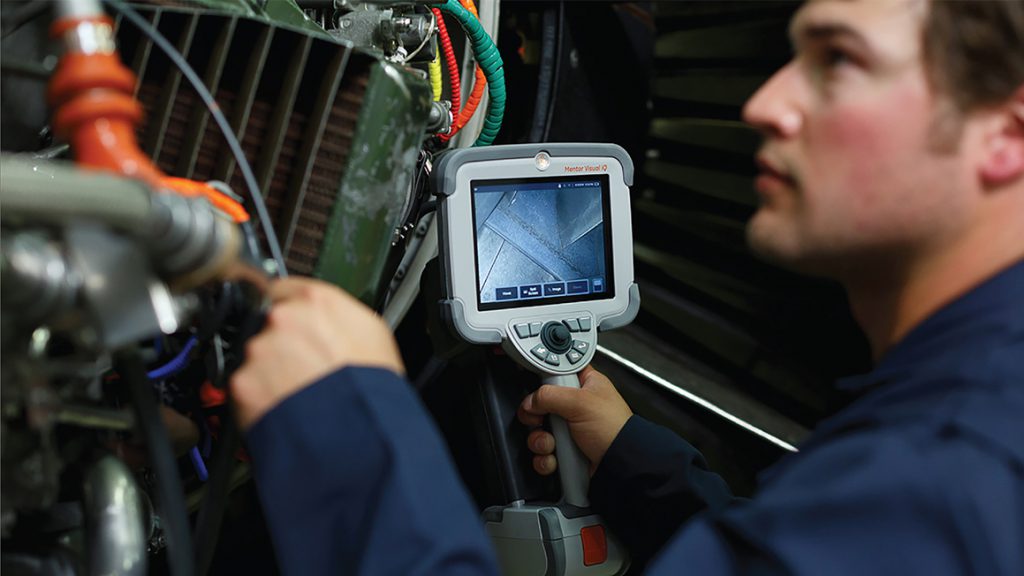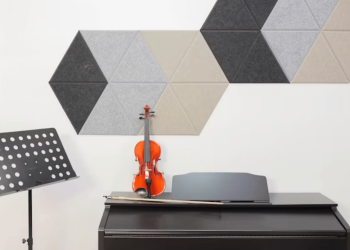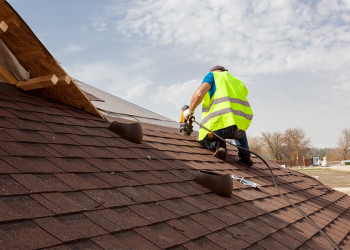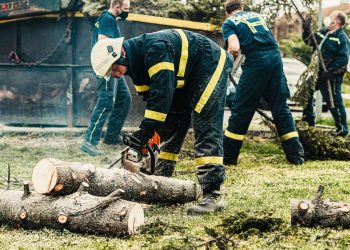
If you haven’t heard of them before, when it comes to pipes, plumbing, and tight spaces, a borescope can come in quite handy. A borescope is a unique tool that consists of a long and high-density cable with a camera at the distal end and a viewing screen attached to the other end.
Don’t confuse a borescope with an endoscope. Although the difference between borescopes and endoscopes is not huge, they are not the same tool. You can feed a borescope into tight spaces, pipes, or small spaces between walls and see what is going on there.
It’s a great tool to have if you have clogs in your pipes or other related problems because it allows you to see inside places that you’re not able to see directly. Now that you know what a borescope is, you probably want to know how to use it.
How to Use a Borescope: Step by Step
Borescopes are not difficult to use, but they have to be used the right way. Follow these steps to make the best use of your borescope.
1. Create Ideal Inspection Conditions
The first thing is to make sure that the conditions are ideal for using the borescope. For instance, if you need to inspect a crawlspace or any tight space inside a wall, remove any obstacles.
This could mean scraping away excess dirt or deposits to allow the borescope cable to move freely or remove drain covers on various pipes to enable easy access.
Whether you’re inspecting plumbing, spaces in walls, or even engine components for automobiles, the site needs to be prepared to allow easy access. For a borescope to work, that camera needs to access the location and find the problem.
2. Choosing and Preparing the Borescope
The next step is to choose the right borescope for the job. One thing to consider is whether there is moisture involved. If you are just inspecting walls, this is not much of an issue, but if you plan on sticking the cable into a pipe, say for a sink or toilet, the cable and everything attached needs to be waterproof. Waterproofing is an important feature to look for.
Moreover, some spaces are tighter than others, and not all borescope cables are the same diameter. Choose a borescope with a cable small enough to fit into the area being inspected. Next, if you need light for the inspection, make sure the borescope has a light feature.
Something else to consider is the battery life of the unit. If you expect it to be a lengthy job, make sure that the borescope has enough battery power to last for the duration. Once you have adequately prepared and chosen the right borescope, you can then get to work.
3. Inserting and Maneuvering the Probe
Now it is time to insert the probe into the opening. Once again, make sure that you have the right kind of probe, particularly concerning the dimensions, so that it can fit where it needs to go. If you try to navigate an area with many twists, such as complex plumbing, make sure the probe is flexible.
Knowing the space is crucial. You don’t want to enter it blindly, or else you may end up getting the probe stuck. If you are familiar with the space, you can insert the probe and slowly feed it through.
4. Watch the Video Display at all Times
The other thing is to keep an eye on the video display, so you know where and how to maneuver the probe cable. Once you can see the main problem on the video display, you can take the appropriate action to resolve it.
Conclusion
Borescopes really aren’t hard to use. If you have the right one for the job and you’re relatively familiar with the space being inspected, all you need to do is feed the probe cable into the opening until you find the problem.







